Sesame in Somalia
As of 2012, Somalia has been the 12th largest producer of sesame in the world, giving the country a substantial role in the global sesame trade. Despite major constraints such as civil strife, lack of investment and lack of policy and regulations, sesame production in Somalia has actually increased by seven-fold since 1991.
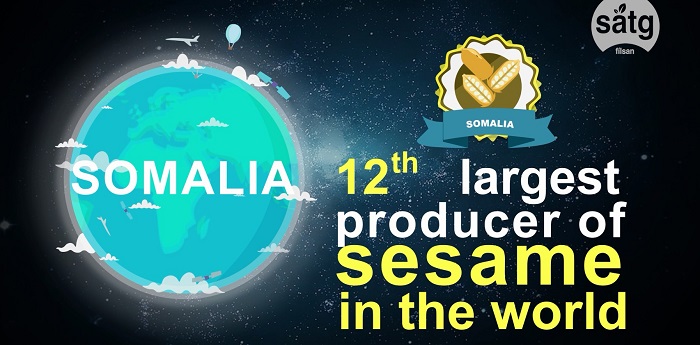
Sesame Investment Opportunities.
in Somalia
Sesame is an incredibly resilient and stable crop in Somalia, hence, the reason why it is grown traditionally. Crop growth requires a short rainy season (Deyr), followed by a longer dry season (Jilaal), conditions ideal in Somalia’s climate.
“Annually, sesame revenue in Somalia is estimated at $300 Million US, accounting for 5.25% of the country’s total GDP of 5.71 billion US (2014)”
Currently, the sesame value chain in Somalia requires strategic adjustments in order to keep it balanced and sustainable. Studies conducted by SATG estimate that 50% of the sesame producers have no formal education. A lack of knowledge in the input and production segments of the value chain has been supplemented with other constraints such as poor seed quality and the constant threat from pests and diseases. Furthermore, constraints in the value chain are not only found within the input and production segments but also from all other segments of the value chain which include:
- Brokers
- Traders
- Processors
- Wholesalers/exporters
- End markets
In Somalia, all sectors of the sesame value chain are underdeveloped in comparison to other sesame competing countries. SATG has identified various constraints related to production, finance, price fluctuation, and low-quality standards which have affected the entire value chain.
In response to these challenges, there is a growing need for knowledge based initiatives which focuses on passing down expertise to grassroots. There are investment opportunities to introduce high-quality machines (for seed cleaning and oil extraction) with efficient processing capacities in order to satisfy local and international market needs.
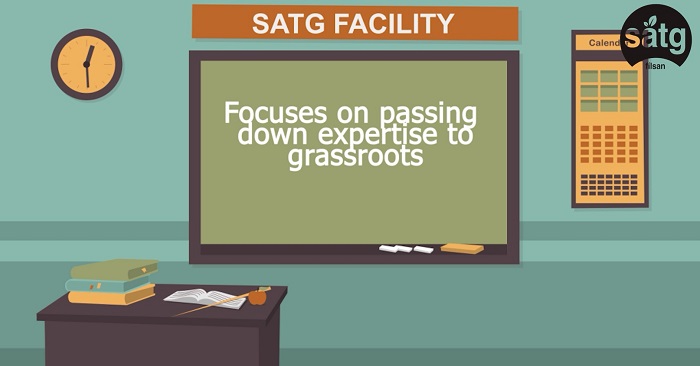
The sesame value chain has also created opportunities for financial services, with such a large sector in need of pre-financing. Finally, it has also created openings for branches of government such as the Ministry of Commerce and Industry to put into effect legal requirements such as import/export licenses, or granting certificates with strict quality control measures in order to maintain an authentic value chain.
Sesame has huge potential in Somalia and can bring about investment opportunities, for both local and foreign markets. Finally, a well-structured value chain creates employment opportunities, especially for the women and youth of Somalia, a goal SATG prides itself with.
Other Related Topics
Rethinking Humanitarian Aid in Somalia: From Dependency to Sustainable Solutions
The Stop-Work-Order imposed by the Trump administration in January 2025 is a wakeup call to many developing countries including Somalia. Since the early sixties, the United States Agency for International Development (USAID) has been a significant contributor to...
USAID Stop-Work Order and Its Impact on SATG’s Agricultural Initiatives
The USAID Stop-Work Order has disrupted key agricultural initiatives in Somalia, including SATG’s involvement in the Inclusive Resilience in Somalia (IRiS) program. Despite significant progress in strengthening the agricultural sector, the halt to operations poses challenges. SATG remains committed to advancing sustainable development in Somalia’s agriculture and will continue to seek opportunities for growth and resilience.
Aragsan: A Game-Changing Mung Bean Variety for Somali Farmers
We are delighted to share a momentous development in the agricultural landscape of Somalia, particularly for farmers dedicated to the cultivation of Mung bean. In a collaborative effort between the Somali Agricultural Technology Group (SATG) and its affiliated...
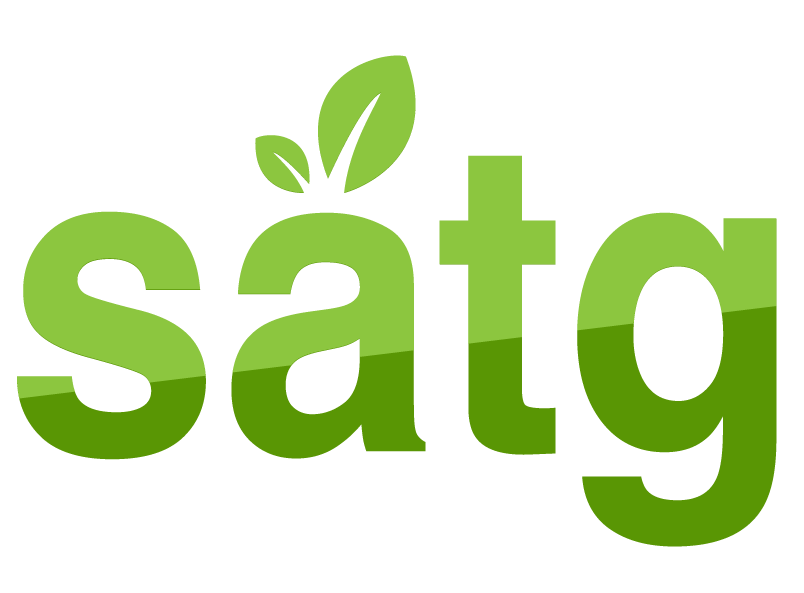


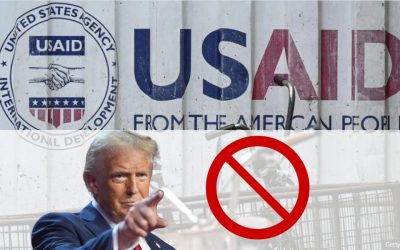
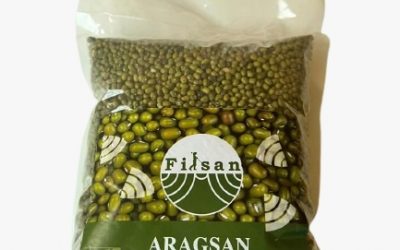
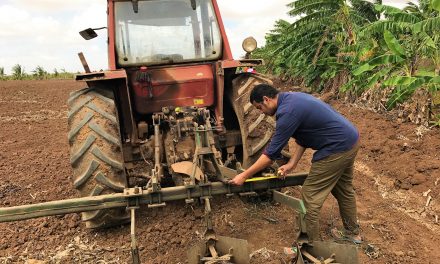
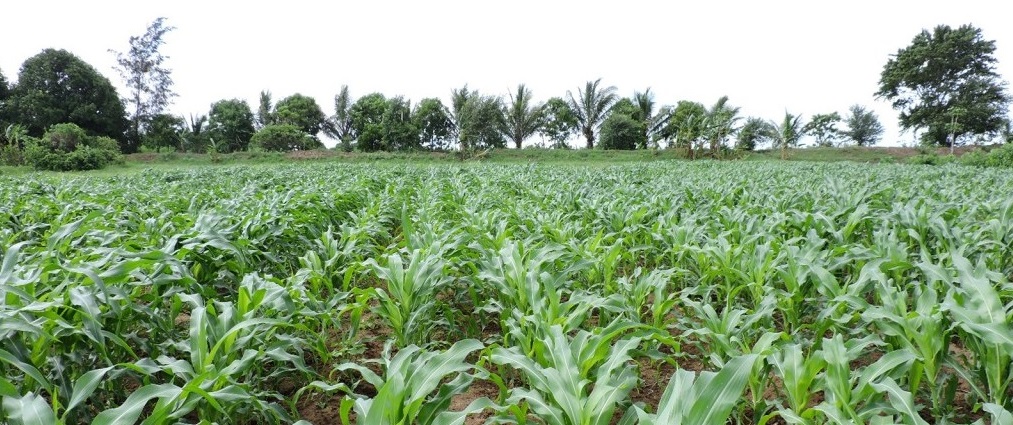
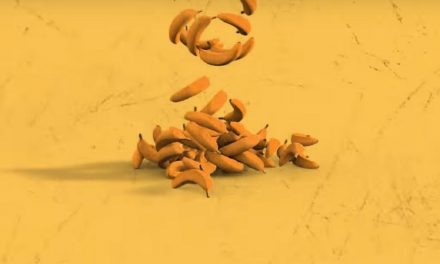
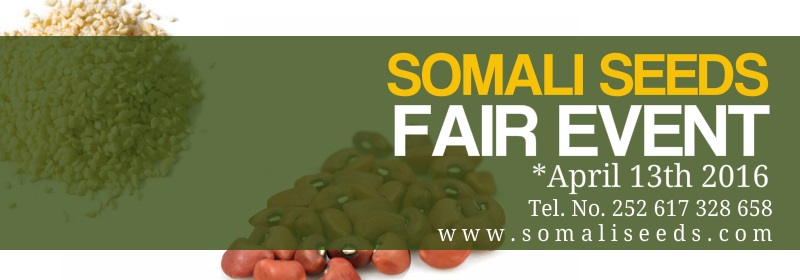
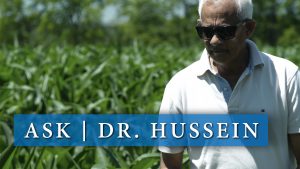
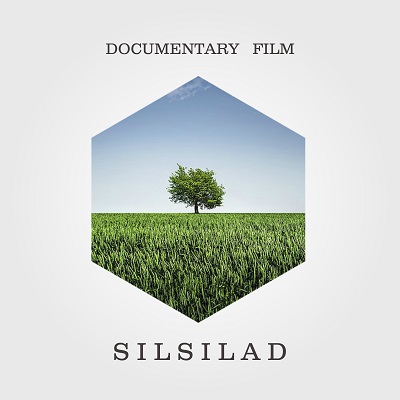

Dear SATG great video; knowledge base, pre-financing and overall investment major obstacles facing sesame producers and farmers in general, aside from other constraints such as security and movement of equipment.
Given the challenges facing the country, if knowledge and financing institutions receive conditional financial support (condition being to spread information / lend cash to X number of farmers within reasonable timeframe) then production and export will improve considerably.
Great publication, thanks
Mohamed Nur
This is a fantastic initiative which required to plan into commercial projects to proof your facts.
Waa aqbaar qurux badan inkastoo aan ahay arday barto cilmiga beeraha waxn ku farax sanahy dadaalkiina, fiukirkiina, wax-soosarkina, maalinba maalinta ka dambeysa soo-kordhayo
mahadsanidiin
Kindly,
Ese Hassan Ibrahim
It is a very good news but the obostecal or the thread which needs to remove first is the security issue ,I mean the end less civil war,especially the areas where sesame is cultivated.
Satg is a sun rising hope for Somali agricutural development
it is very good issue but it hard to increase the level production of sesame for security and financial crisis